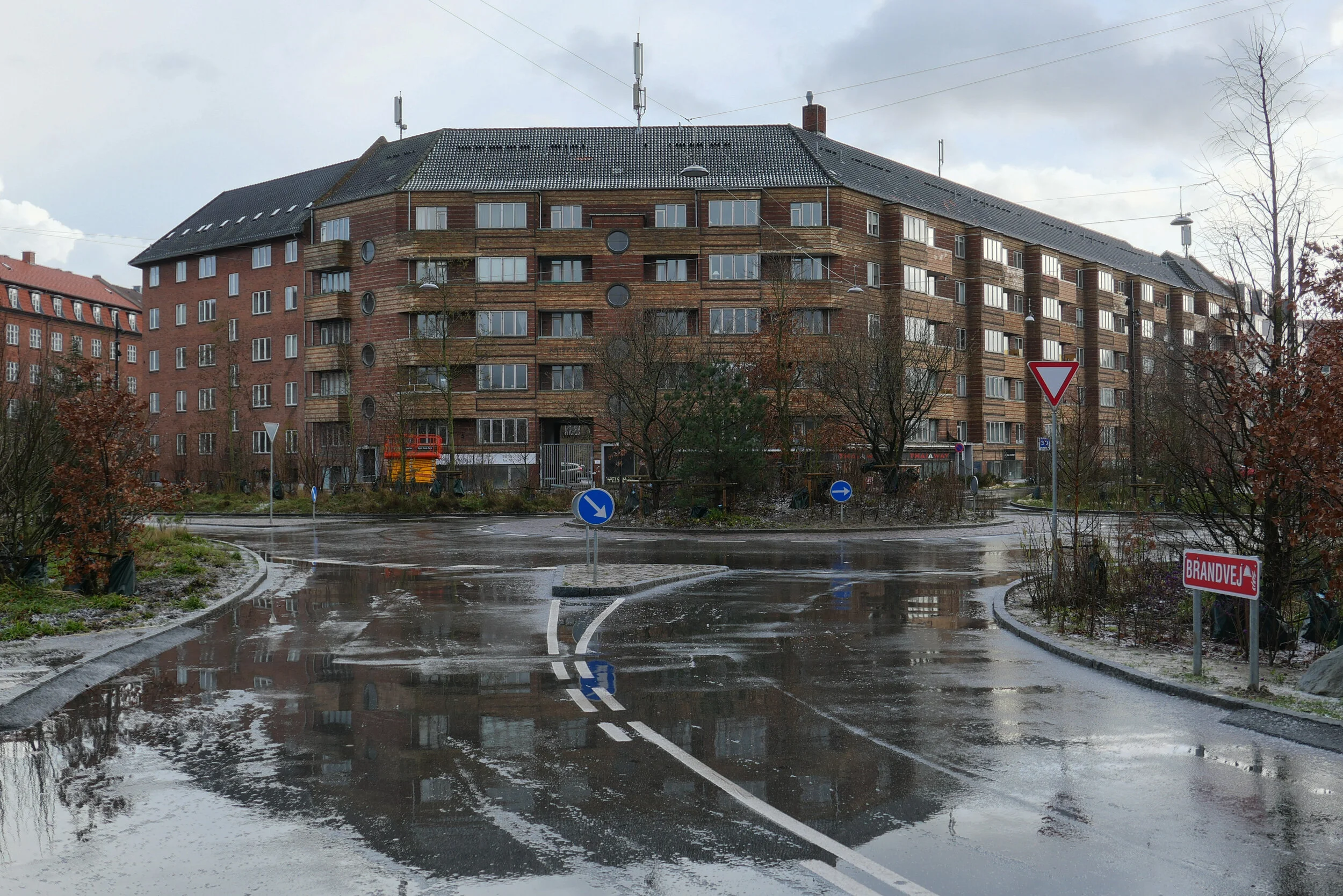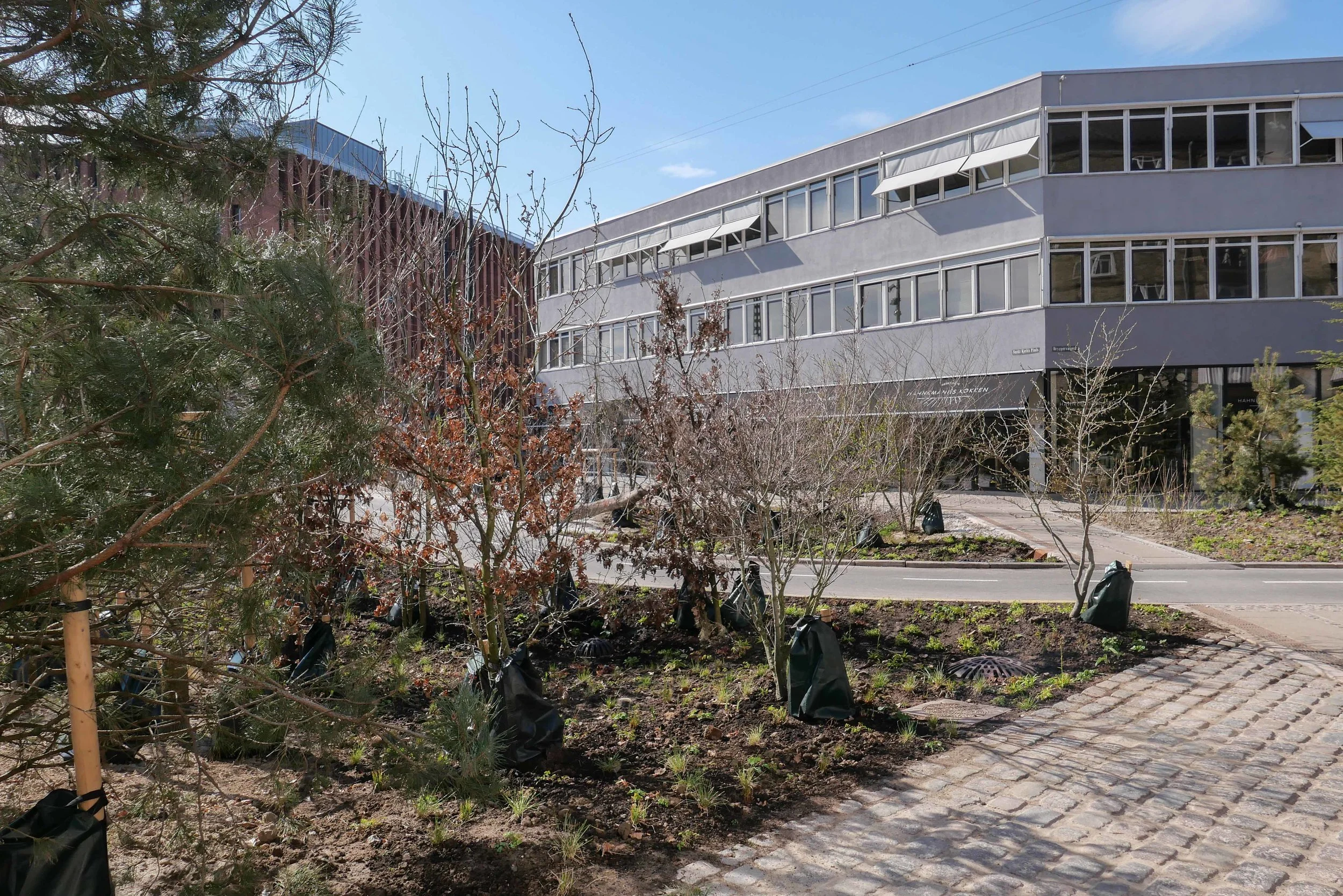Sankt Kjelds Plads and Bryggervangen climate-change scheme - winner of the Arne Prize 2020
/On Friday, it was announced that the climate-change scheme for Sankt Kjelds Plads and Bryggervangen by SLA architects and the engineering company NIRAS has been awarded the Arne Prize for 2020 …. the major annual award from the Danish Association of Architects.
The selection of a climate-change project for the Arne Prize has, if anything, more significance because this year there was a short list of six projects that included very strong contenders for the prize with the extensive work on Karen Blixens Plads - a huge project by the architects COBE that is at the centre of the south campus of the university - and the stunning stations of the new line of the Metro that opened in September.
Sankt Kjelds Plads is at the centre of a densely-built residential area immediately north of Fælledparken so it is about 4 kilometres north of the centre of the city. Most of the apartment buildings here date from the first half of the last century with most buildings of five storeys around attractive but enclosed courtyards and with wide but slightly bare and bleak streets.
Storms with sudden and increasingly severe rain have meant severe threats from flooding both as drains block and streets flood but also as rain-water floods down from the roofs.
This extensive and essential scheme to control storm water in the area was designed in 2015 with construction work and then planting undertaken between 2016 and 2019 and had to include extensive and disruptive engineering works for new drains and for sunken holding areas for water so sewers are not overwhelmed with cloud bursts.
A crucial part of the scheme was to rationalise on-street parking for cars and to reduce and slow down through traffic so large areas of what had been tarmac could be replaced with pedestrian areas with seating and with dense planting more like urban woodland than simply shrubbery around newly excavated hollows that act as temporary water-holding tanks but are otherwise planted with vegetation that can withstand occasional flooding.
Shale has been used around water pipes to slow the water that cascades from down pipes in a storm and there are large domed sumps with wide vertical drops to deal quickly with water from street gulleys.
What is already clear is that there has been major social gain from the work with new cafes and new businesses attracted to the square and to the nearby and related climate-change scheme for Tåsinge Plads just 80 metres to the east of Sankt Kjelds Plads.
initial assessment posted to Danish Design Review in April 2019
Tåsinge Plads
note:
Each year, alongside the main Arne Prize, there is a second award - the Lille Arne or Little Arne Prize - that recognises excellence across a broader range of work associated with architecture. This year the Lille Arne was awarded to Sydhavnens Folkmøde that provides a platform for local residents to have a democratic involvement in the on-going development of the south harbour.




















































